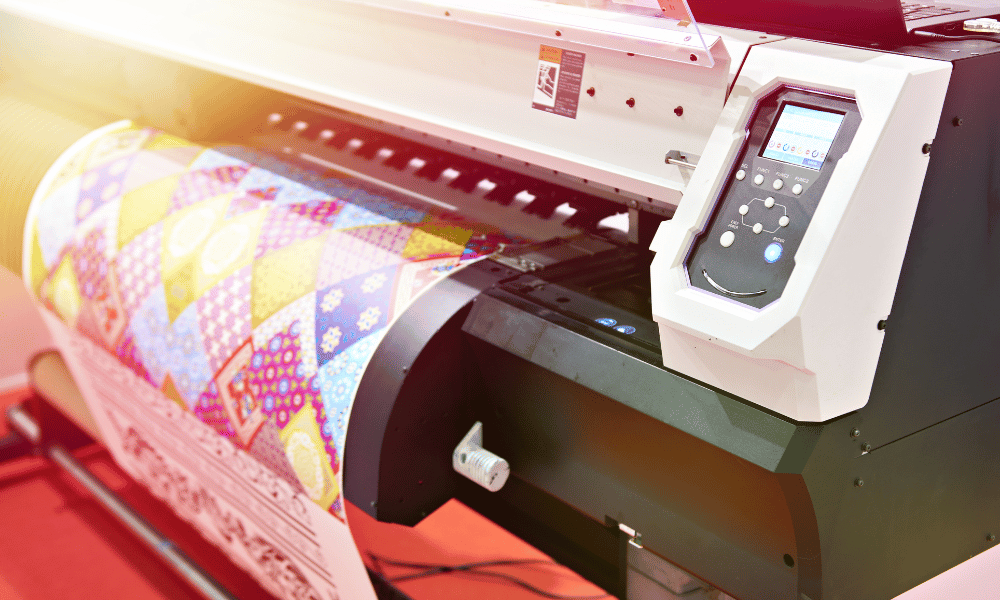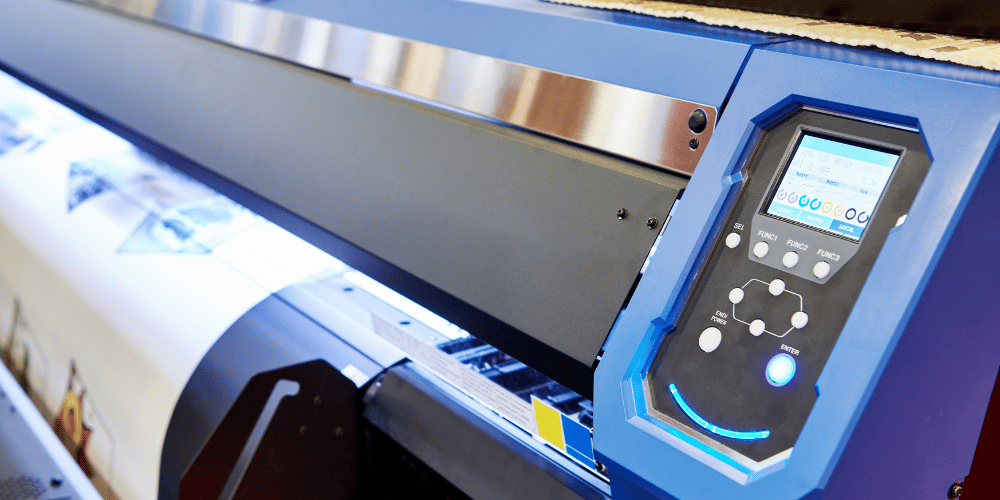Sublimation printing is a new way to print custom clothes, merchandise, and photos. It makes designs look really good on different materials.Selecting the correct device is crucial for success in business, expanding your products, or enjoying a hobby.This guide helps you choose the right sublimation printer for your creative and business needs. Sublimation printing transfers designs to fabric, ceramics, metal, and plastic using inks that react to heat. Sublimation ink goes straight from solid to gas without turning into liquid like regular ink. This helps the design stick to the surface better.This results in high-definition, durable prints that don’t peel, crack, or fade over time.
Sublimation printing transfers designs to fabric, ceramics, metal, and plastic using inks that react to heat. Sublimation ink goes straight from solid to gas without turning into liquid like regular ink. This helps the design stick to the surface better.This results in high-definition, durable prints that don’t peel, crack, or fade over time.
Understanding Sublimation Printer
 Sublimation printing transfers designs to fabric, ceramics, metal, and plastic using inks that react to heat. Sublimation ink goes straight from solid to gas without turning into liquid like regular ink. This helps the design stick to the surface better.This results in high-definition, durable prints that don’t peel, crack, or fade over time.
Sublimation printing transfers designs to fabric, ceramics, metal, and plastic using inks that react to heat. Sublimation ink goes straight from solid to gas without turning into liquid like regular ink. This helps the design stick to the surface better.This results in high-definition, durable prints that don’t peel, crack, or fade over time.Key Factors to Consider
When choosing a sublimation printer, several factors come into play to ensure you get the right match for your projects:- Print Quality: The resolution of a sublimation printer is measured in dots per inch (DPI). Higher DPI values indicate the printer can produce more detailed and sharper images. Consider printers with at least 1200 x 1200 DPI for crisp, vivid prints.
- Print Size: Sublimation printers vary in the maximum print size they can handle. Choose a small printer for small items like phone cases and mugs, or a big printer for banners and apparel. Pick based on the size of your projects.
- Material Compatibility: Ensure the printer is compatible with the range of substrates you plan to work with. Most sublimation printers work well with polyester fabrics and polymer-coated items. Some models may have wider or more specialized compatibility.
- Ink Type: The type of sublimation ink used can significantly affect the color vibrancy and durability of your prints. Some printers come with proprietary ink systems, while others allow for third-party inks. Research the ink quality and cost-effectiveness for your chosen printer.
- Connectivity Options: Modern printers offer various connectivity options, including USB, Ethernet, and Wi-Fi. Wireless printing can greatly enhance your workflow efficiency, allowing for remote printing and access to cloud storage.
- Software Compatibility: The printer should be compatible with the design software you plan to use. Check for any proprietary software requirements and ensure they align with your design process and operating system.
Costs and Budget
When budgeting for a sublimation printer, consider both the upfront cost and the long-term operating expenses:- Initial Investment: Prices for sublimation printers range widely based on their print quality, size capabilities, and brand. Basic printers cost less but have fewer features. Professional printers cost more but work better and can do more.
- Running Costs: Include the cost of sublimation ink, transfer paper, and the substrates you intend to print on. High-quality inks and papers can be more expensive but are crucial for achieving the best results.
- Maintenance: Sublimation printers require regular maintenance to prevent clogging and ensure optimal performance. Consider the ease of maintenance and the availability of replacement parts and technical support.




